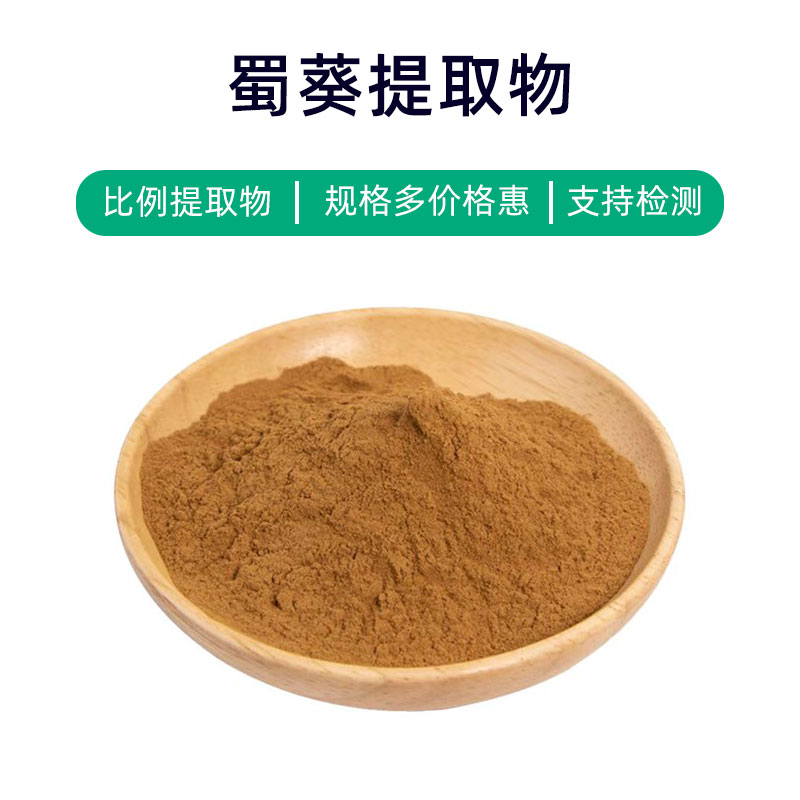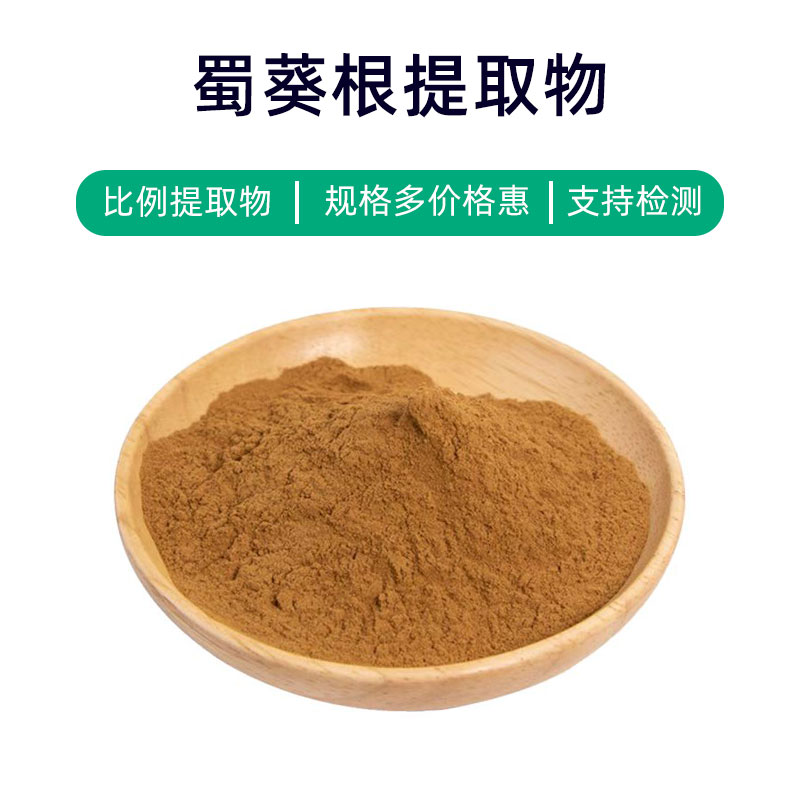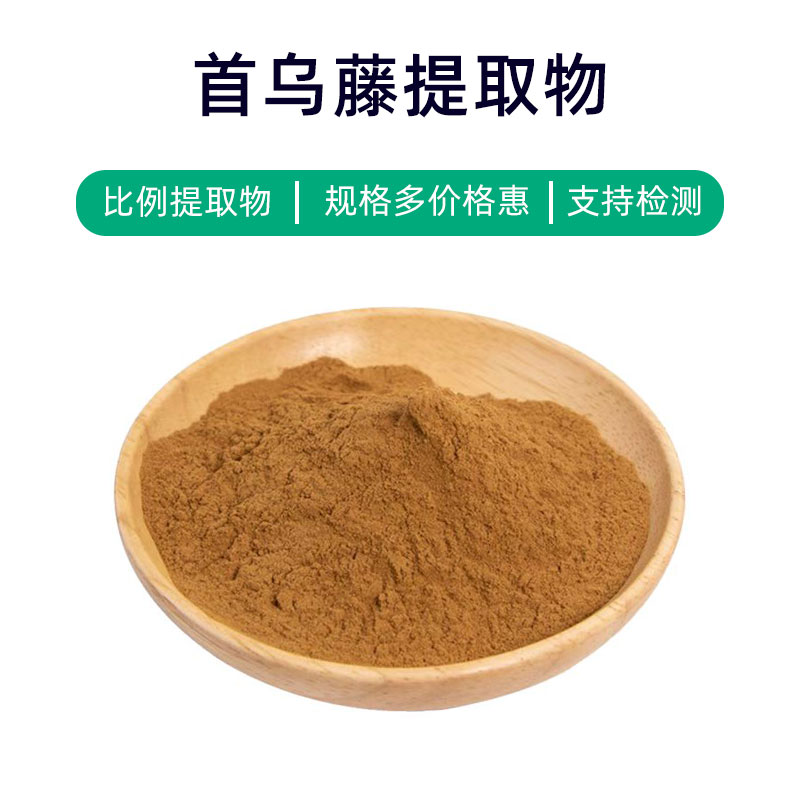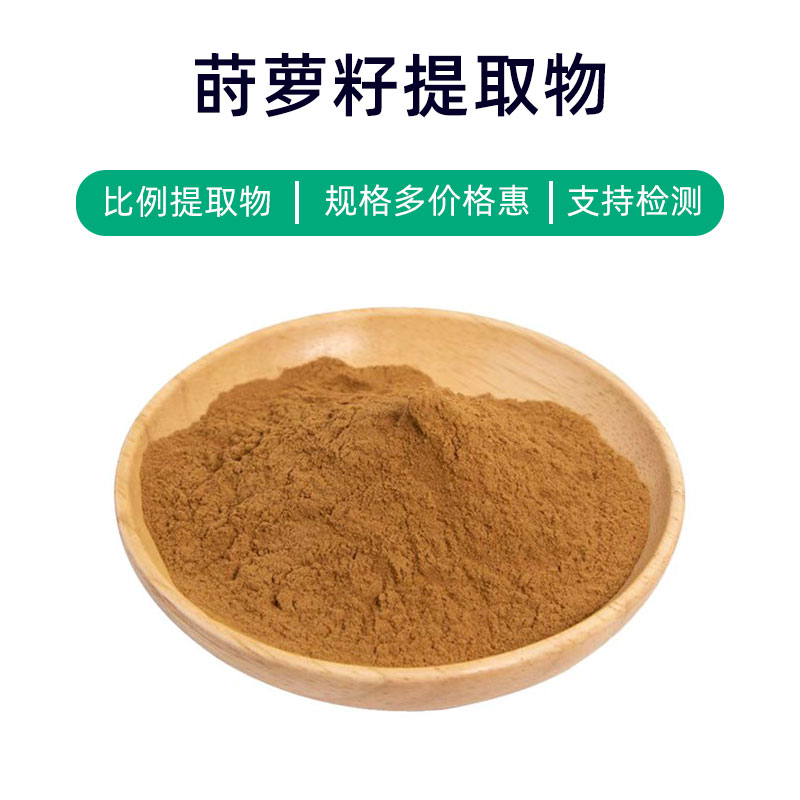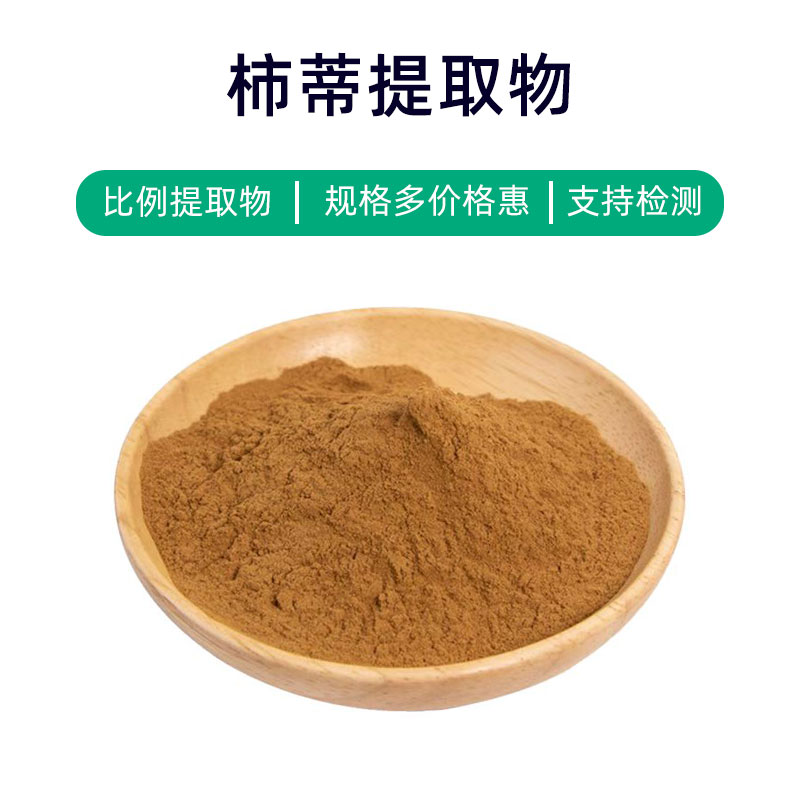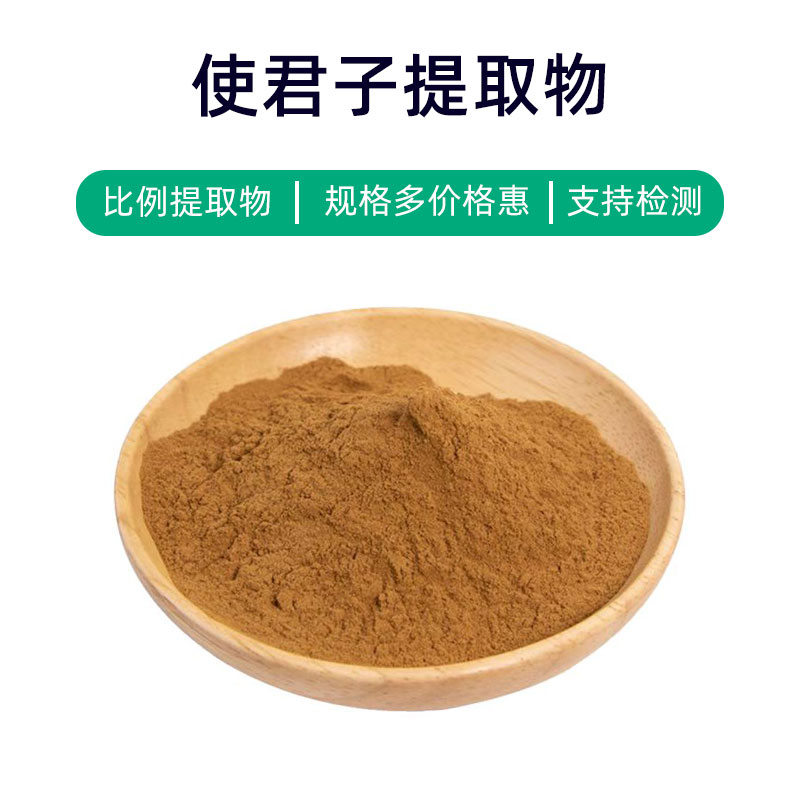Oregano Extract Product Introduction
Oregano extract is a natural plant extract derived from the Oregano (Ocimum basilicum) plant. Its main components include volatile oils, tannins, flavonoids, etc. Oregano extract has broad applications in pharmaceuticals, health supplements, cosmetics, and food additives.
Oregano extract is widely used in the pharmaceutical field due to its antibacterial, anti-inflammatory, and antioxidant properties. It is commonly used to create oral solutions, capsules, patches, etc., aimed at improving the digestive system, alleviating inflammation, and boosting immunity.
In the health supplement sector, oregano extract is used as an ingredient, frequently found in dietary supplements and health drinks to enhance the body’s resistance, promote metabolism, and regulate blood sugar levels.
In the cosmetics field, oregano extract is often added to skincare and beauty products to improve skin condition, provide moisturizing and anti-aging effects, and cleanse the skin.
Additionally, oregano extract is commonly used as a food additive to enhance flavor and texture and extend shelf life.
Overall, oregano extract is favored for its various benefits and is widely used in the pharmaceutical, health supplement, cosmetic, and food industries.
Oregano Extract Production Process
The production process of oregano extract typically includes the following main steps:
- Raw Material Collection and Preparation: First, fresh oregano plants are selected as raw materials. The plants are generally harvested during the flowering period and should be washed and processed immediately after collection to remove impurities and then dried.
- Extraction Process: The main components of oregano extract are usually found in the plant's leaves and flowers. Common extraction methods include steam distillation and supercritical fluid extraction. Among these, steam distillation is the most common method, which extracts volatile components from the plant through steam distillation.
- Concentration and Separation: The extracted oregano extract usually forms a mixed solution that needs to be concentrated and separated to obtain a pure extract. This is typically achieved through solvent evaporation or freeze separation.
- Purification and Refinement: Further purification and refinement of the extracted solution are conducted to eliminate impurities and unwanted components, resulting in a high-purity oregano extract.
- Drying and Milling: Finally, the purified oregano extract undergoes drying, usually via spray drying or vacuum drying methods. The dried extract is then milled or ground to produce the desired powdered extract.
- Packaging and Storage: After passing quality inspection, the final product is packaged. It should be stored in sealed containers, labeled with the production date, batch number, and ingredients to ensure quality and safety.
This outlines the basic production process for oregano extract; specific processes may vary depending on the manufacturer and production requirements.
Oregano Extract Effects and Side Effects
Oregano extract is a commonly used herbal extract with multiple effects and benefits, mainly including the following aspects:
- Antioxidant Effects: Oregano extract is rich in various antioxidants, such as flavonoids and phenolic compounds, which can neutralize free radicals and reduce oxidative stress in the body, helping to slow down the aging process.
- Anti-Inflammatory Effects: Research indicates that the active components in oregano extract exhibit significant anti-inflammatory properties, capable of suppressing inflammation and relieving pain and discomfort caused by inflammation.
- Immune Regulation: Some compounds in oregano extract are believed to have immune-regulating properties, enhancing immune function and increasing resistance to infections and diseases.
- Blood Sugar Reduction: Some studies have found that certain components in oregano extract can help to regulate blood sugar levels, offering certain supportive treatment effects for diabetic patients.
- Digestive Promotion: Traditionally, oregano extract has been used to promote digestion, alleviate indigestion, and gastrointestinal discomfort, helping to increase gastric secretion and enhance appetite.
- Antibacterial and Antiviral Effects: Research has shown that some active components in oregano extract possess antibacterial and antiviral properties, providing some help in preventing and treating infectious diseases.
- Liver Protection: Oregano extract is considered to have liver-protective effects, helping to reduce the burden on the liver and promote the repair of liver cells, offering protection against liver dysfunction and liver injury.
- Anti-Allergy Effects: Some active components in oregano extract have anti-allergic properties that can alleviate allergic reactions and symptoms, providing supportive treatment for allergic conditions such as allergic rhinitis and allergic dermatitis.
While oregano extract has various benefits, it is essential to be aware of individual differences and potential side effects. Long-term or excessive use may lead to gastrointestinal discomfort, allergic reactions, and other adverse effects; therefore, it is advisable to consult a doctor or pharmacist before use and adhere to proper dosages.
Oregano Extract Usage Scenarios and Dosage
Oregano extract has widespread applications in medicine, food, and cosmetics, with varying dosages depending on the application context. Here are the primary applications and dosages for each field:
- Medical Field:
- Usage Scenario: In the medical field, oregano extract is commonly used to prepare herbal formulas or as a standalone medicine for regulating liver and gallbladder function, promoting digestion, and enhancing immunity.
- Dosage: Generally, oregano extract used as an herbal material can be prepared into soups, granules, capsules, etc., with specific dosages determined based on the advice of a doctor or herbalist. It is typically recommended for adults to take 5-10 grams at a time, with doses adjusted based on individual circumstances.
- Food Field:
- Usage Scenario: In the food industry, oregano extract is often used as a food additive to enhance the nutritional value and health benefits of products, such as adding to tea, beverages, baked goods, etc.
- Dosage: Oregano extract is usually added to food in the form of powder or tincture, in small amounts, following the formulations and ratios outlined in food production processes. Typically, it is recommended to add 0.1-0.5 grams of oregano extract per 100 grams of food.
- Cosmetic Field:
- Usage Scenario: In cosmetics, oregano extract is commonly found in skincare products, known for its antioxidant, soothing, and moisturizing properties, suitable for various skin types, especially dry and sensitive skin.
- Dosage: Oregano extract is generally added to skincare products in the form of serums, creams, or lotions, with specific amounts determined by the product formulation. It is typically recommended to apply an appropriate amount to cleansed facial skin and gently massage it until fully absorbed.
When using oregano extract, it is essential to pay attention to the following points:
- Choose appropriate products and methods according to specific application scenarios and purposes.
- Ensure the quality and source of the product by selecting items produced by reputable manufacturers.
- Follow medical advice when using medicinal products, avoiding self-adjustment of dosages.
- Be mindful of personal skin types and allergies when using food and cosmetic products; discontinue use immediately if discomfort occurs and consult a doctor or professional for advice.
Oregano Plant Overview: Sources, Distribution, and Growth Environment
Oregano (Scientific Name: Clinopodium gracile) is a perennial herb belonging to the Lamiaceae family, specifically the Clinopodium genus, and is also known as finely-leaved mint. Below is detailed information regarding the oregano plant that provides the extract, including its description, distribution, and growth environment:
1. Plant Overview:
Oregano is a perennial herb with creeping or erect stems, growing to a height of about 20-50 cm. Its stems are quadrangular, with opposite leaves that are oval or lanceolate with fine serrations on the edges and a smooth surface. The flower arrangement is a terminal inflorescence, with small, dense flowers featuring pale purple or white corollas.
2. Distribution:
Oregano is primarily distributed in the temperate regions of Europe, North Africa, and Asia, particularly along the Mediterranean coast. It can grow widely in suitable environments, including grasslands, forest edges, roadsides, and fields.
3. Growth Environment:
Oregano thrives in sunny, well-drained environments and is not very particular about soil, although it prefers loose and fertile soil. It is hardy and can grow at lower temperatures, but is less tolerant of hot and dry conditions, typically flourishing in areas below 500 meters elevation.
4. Propagation Methods:
Oregano can be propagated in various ways, predominantly through seeds, but can also be propagated by division or cuttings. For seed propagation, it can be sown in spring or autumn; keeping the soil moist post-sowing is beneficial for germination and rooting.
5. Main Characteristics:
Oregano shows strong adaptability and vitality, with a long growing period; it can continue to thrive for several years after reaching maturity. The blooming period is extensive, producing fragrant flowers and serving as an important medicinal and ornamental plant.
In these areas, locals often gather oregano for medicinal, culinary, or dietary purposes. The medicinal parts are primarily the aerial parts, including leaves, stems, and flowers, rich in volatile oils and other bioactive components with antibacterial, anti-inflammatory, and analgesic properties, hence widely used in traditional medicine and the food industry.
Oregano Extract Processing and Storage
The processing of oregano extract typically involves the following steps: First, fresh oregano plants are collected, washed, and dried to remove impurities and moisture. Next, the dried oregano is crushed or ground to enhance extraction efficiency. Then, suitable extraction methods (such as water or alcohol extraction) are utilized to isolate target active components. Finally, through concentration, filtration, and drying, the final oregano extract product is obtained.
In terms of storage, oregano extract should be kept in a cool, dry environment away from direct sunlight and high temperatures. It is recommended that it be stored in sealed containers to avoid air exposure, thereby extending its shelf life. Regular checks on the appearance and smell of the extract are advisable to ensure there are no off-smells or spoilage, confirming its quality and safety.
Monica Sun is a seasoned expert in the plant extraction industry with over a decade of experience in research and production. She specializes in the extraction and purification of plant active ingredients, focusing on driving innovation in natural product applications. Monica has participated in the development of multiple functional plant extracts, delivering high-value natural raw material solutions for the health food, pharmaceutical, and dietary supplement sectors.









